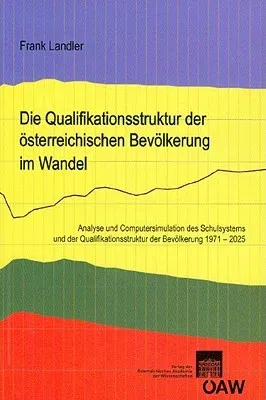Frank Landler
(Author)Die Qualifikationsstruktur Der Osterreichischen Bevolkerung Im Wandel: Analyse Und Computersimulation Des Schulsystems Und Der QualifikationsstrukturPaperback, 5 March 2008

Qty
1
Turbo
Ships in 2 - 3 days
Only 5 left
Free Delivery
Cash on Delivery
15 Days
Free Returns
Secure Checkout

Part of Series
Sitzungsberichte Der Philosophisch-Historischen Klasse
Part of Series
Sitzungsberichte Der Philosophisch-Historische Klasse
Print Length
237 pages
Language
German
Publisher
Austrian Academy of Sciences Press
Date Published
5 Mar 2008
ISBN-10
3700140088
ISBN-13
9783700140085
Description
Product Details
Author:
Book Format:
Paperback
Country of Origin:
US
Date Published:
5 March 2008
ISBN-10:
3700140088
ISBN-13:
9783700140085
Language:
German
Location:
Vienna
Pages:
237
Publisher: